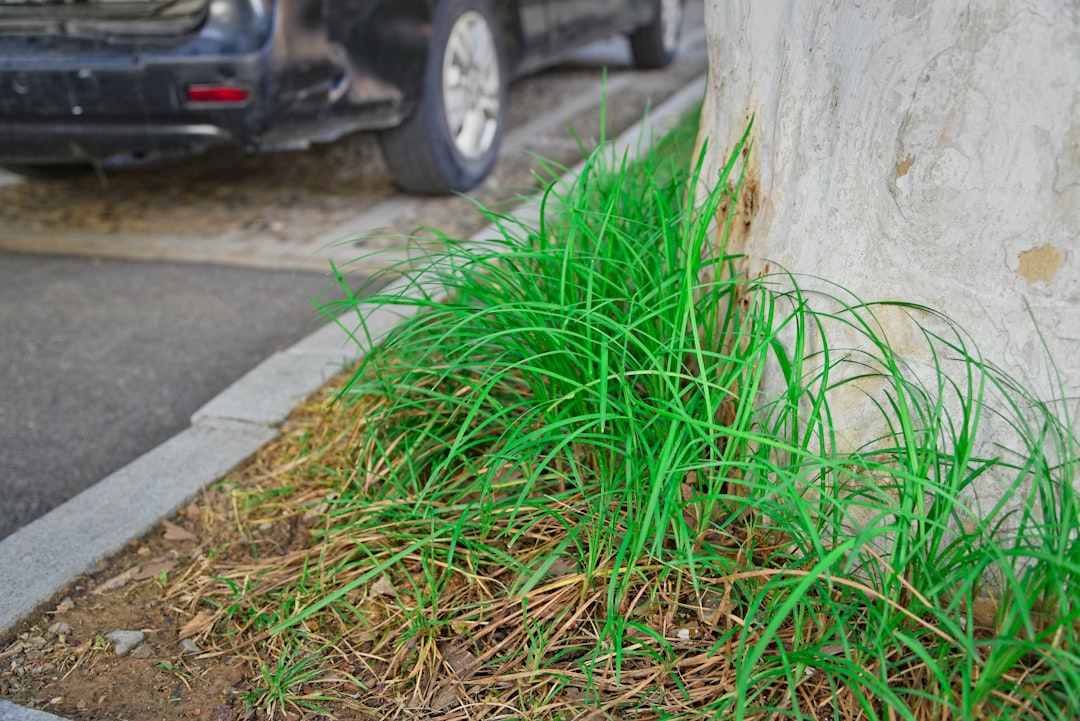Thriving Through the Cold: Secrets of Water Gardens

Water gardens are a captivating addition to any landscape, offering a serene and beautiful oasis. However, when the cold weather sets in, it's crucial to take proper care of the fish and plants in your water feature to ensure its survival. With the right care tips, your water garden can weather even the deepest chill.
First and foremost, understanding the needs of your fish is essential. Different fish species have varying tolerances to cold temperatures. For example, koi and goldfish are relatively hardy and can withstand colder waters to a certain extent. But as the temperature drops, their metabolism slows down. This means you need to adjust their feeding habits accordingly. In colder months, reduce the amount of food you give them, as they won't be able to digest large quantities. Overfeeding can lead to water quality issues, which can be even more harmful in cold weather when the water's natural purification processes are slower.
Another important aspect of fish care in cold water is providing adequate shelter. You can add structures like rocks, logs, or artificial caves to the water garden. These structures give the fish a place to hide from the cold and predators. Additionally, they can help create micro - climates within the water garden, where the temperature may be slightly more stable.
When it comes to plants in your water garden, they also require special attention during the cold season. Some aquatic plants are annuals and will die off naturally as the weather gets cold. You can remove these dead plants to prevent them from decomposing in the water and polluting it. However, there are also perennial aquatic plants that can survive the winter. For these plants, you can prune them back to reduce their energy consumption. This will help them focus their resources on surviving the cold.
Insulating your water garden is a great way to protect both fish and plants. You can use floating insulation materials, such as pond blankets. These blankets help to keep the heat in the water and prevent it from freezing too quickly. They also act as a barrier against debris and leaves that could fall into the water and cause problems. If your water garden has a waterfall or fountain, you may need to adjust or even turn it off during the coldest months. Running water can lose heat quickly, and in extreme cold, it could lead to the water freezing around the equipment, causing damage.
Monitoring the water quality is crucial throughout the cold season. Test the water regularly for parameters such as pH, ammonia, and nitrite levels. Cold water can hold more dissolved oxygen, but changes in water chemistry can still occur. If the water quality deteriorates, it can stress the fish and plants, making them more susceptible to diseases. You can use water treatment products to maintain the proper balance, but be careful to follow the instructions carefully, as over - treatment can also be harmful.
Finally, don't forget about the ice. If your water garden does freeze, it's important to create an opening in the ice. This allows for gas exchange, preventing the build - up of toxic gases like carbon dioxide in the water. You can use a floating de - icer or a small heater to keep a section of the water ice - free. However, make sure to place these devices in a safe location to avoid any electrical hazards.
In conclusion, with these comprehensive care tips for fish and plants, your water garden can not only survive but also thrive during the coldest months. By paying attention to the unique needs of your aquatic ecosystem, you can enjoy the beauty of your water feature year - round.